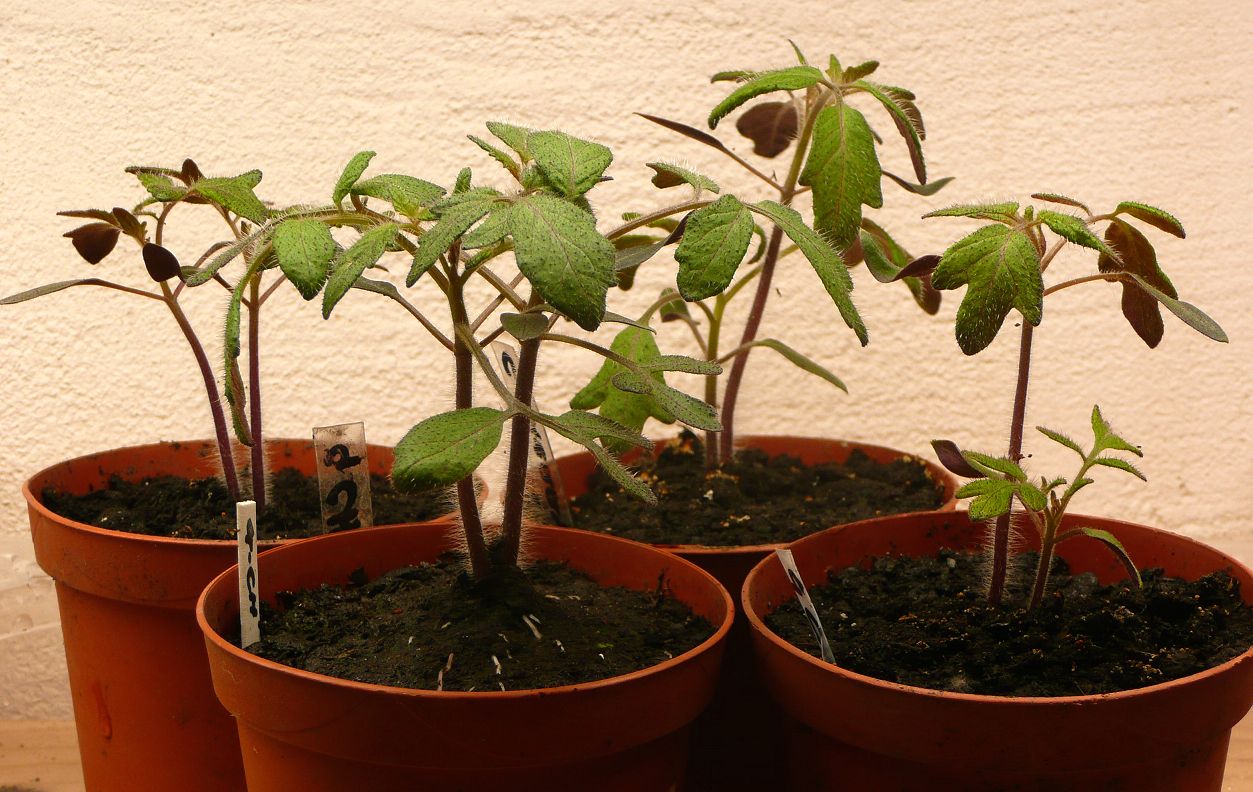

Non-fire-related losses, which in the Brazilian Amazon are most often due to clear-cut deforestation, reached the highest level since 2005. In Brazil, the rate of primary forest loss increased by 15% from 2021 to 2022, with the vast majority of primary forest loss happening in the Amazon. Here’s a deeper look at some of the trends in forest loss in 2022: Brazilian Amazon sees highest rate of non-fire-related loss since 2005 This piece focuses on primary forests in the humid tropics, which are areas of mature rainforest that are especially important for biodiversity, carbon storage and regulating regional and local climate effects. Though the tree cover loss data from the University of Maryland has global coverage, Global Forest Watch primarily focuses on loss in the tropics because that is where more than 96% of deforestation, or human-caused, permanent removal of forest cover occurs. Why Do We Focus on Tropical Primary Forests? Meanwhile, Indonesia and Malaysia have managed to keep rates of primary forest loss near record-low levels. The Global Biodiversity Framework adopted in 2022 emphasizes the need to halt and reverse the loss of natural ecosystems, including forests.Īt the national level, while primary forest loss ticked up in the two countries with the most tropical forest, Brazil and the Democratic Republic of the Congo, it rapidly increased in other nations like Ghana and Bolivia. Biodiversity: Forests harbor the most biodiversity of any ecosystem on Earth. Deforestation, especially in the tropics, also impacts local temperatures and rainfall in ways that can compound the local effects of global climate change, with consequences for human health and agricultural productivity. Human well-being: Some 1.6 billion people, including nearly 70 million Indigenous Peoples, rely on forest resources for their livelihoods. Forests are both a source and a sink for carbon, removing carbon dioxide from the air when standing or regrowing and emitting it when cleared or degraded. Climate: As the world faces a “final warning” on the climate crisis, reducing deforestation is one of the most cost-effective land-based measures to mitigate climate change. Why Do Forests Matter?įorests are critical ecosystems for fighting climate change, supporting livelihoods and protecting biodiversity.

Indeed, humanity is not on track to meet major forest-related commitments. Instead of consistent declines in primary forest loss to meet that goal, the trend is moving in the wrong direction. More information about the Tree Donation Program is available here.This increased forest loss comes in the first year after heads of 145 countries vowed in the Glasgow Leaders’ Declaration on Forests and Land Use to halt and reverse forest loss by the end of the decade, recognizing the important role of forests in combating climate change and biodiversity loss. Trees planted through this program become the property of the City of Regina and will be maintained by the city once they’re established. The city recently amended the Forestry Bylaw so that residents can plant trees on city property by applying to the Tree Donation Program. “Fall is still a great time to plant trees, and now residents can add to Regina’s urban forest with the opportunity to plant on city property.” “Residents were very excited to take part in the seedling giveaway celebrating our Tree City of the World Designation on Arbour Day earlier this year,” Russell Eirich, the city’s manager of open space services, said in a media release. It’s the second seedling giveaway of the year in the city. There will be different quantities of each type. The seedlings available include Carmine Jewel Cherry, Ben Nevis Black Currant, Japanese Empress Elm and Honey Queen Raspberry.

Seedlings will be limited to one per person while supplies last. The City of Regina is marking National Tree Day by giving away 1,000 seedlings in Victoria Park between 9 a.m.
Free tree seedlings 2022 free#
Regina residents can get a free tree Wednesday.


 0 kommentar(er)
0 kommentar(er)
